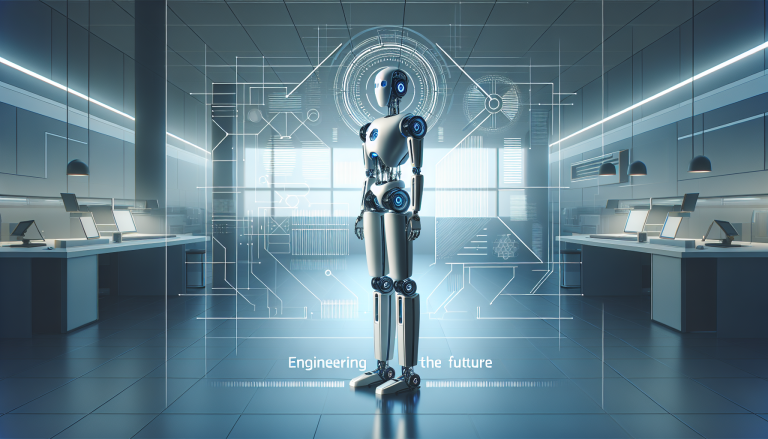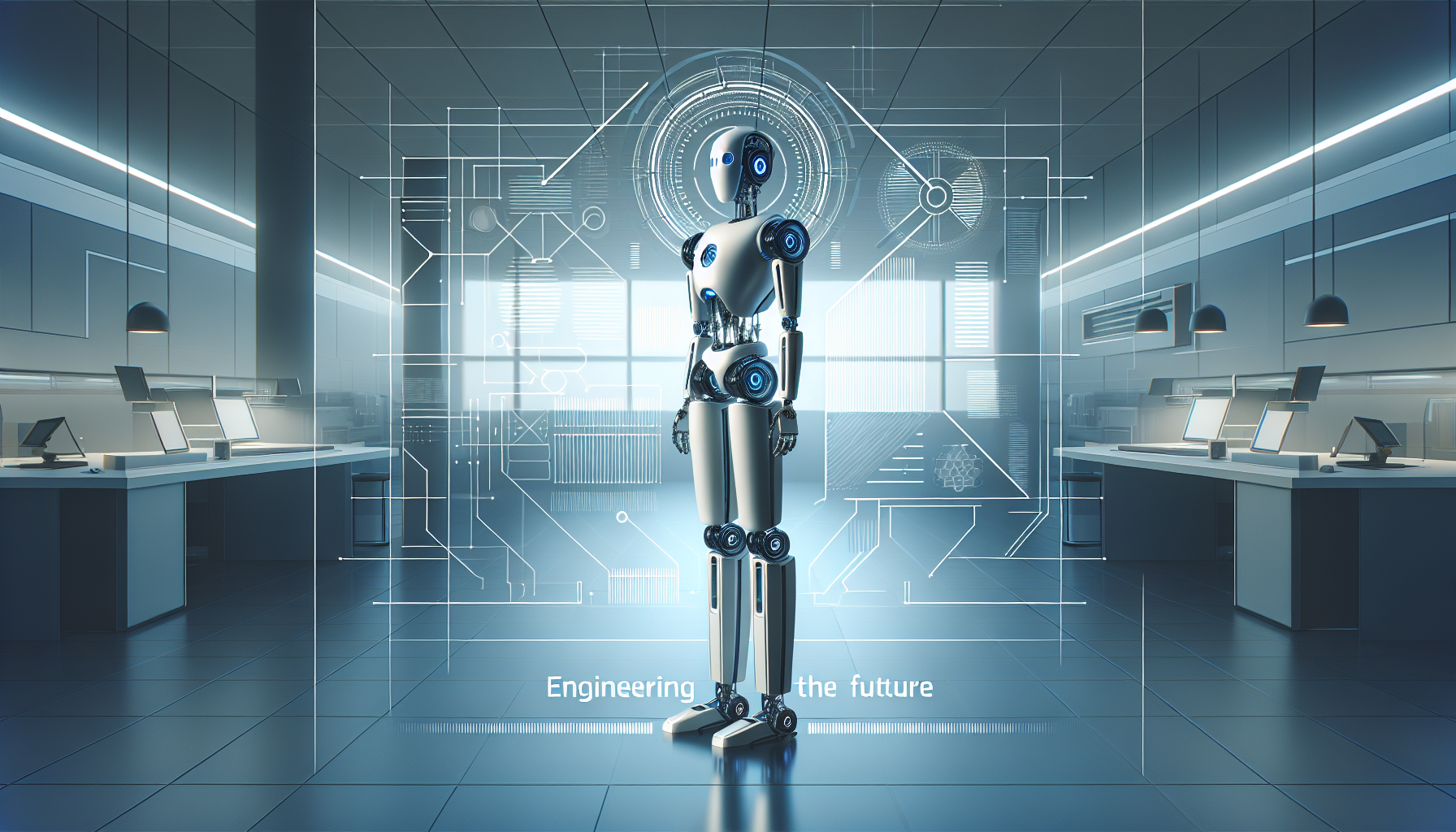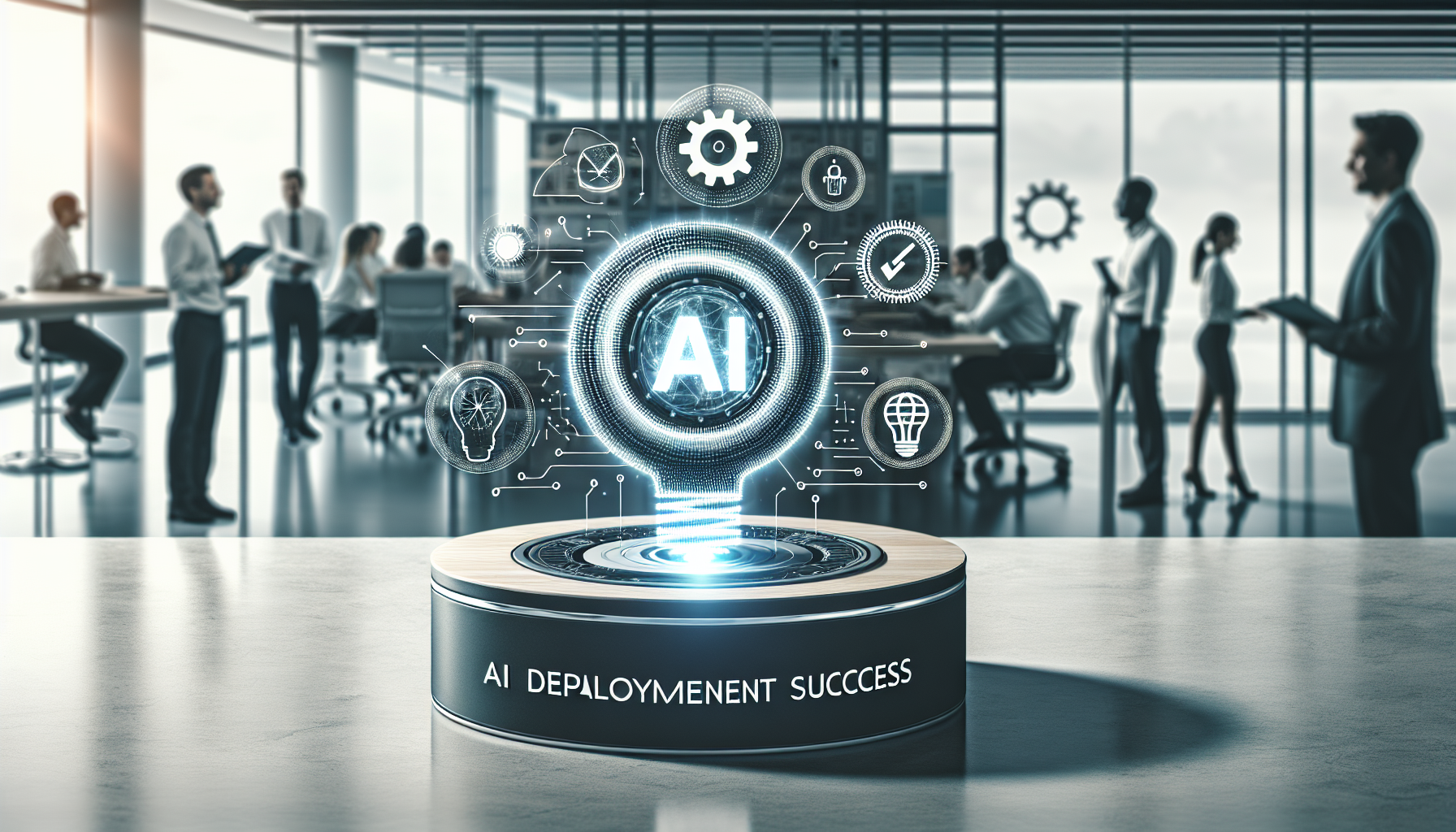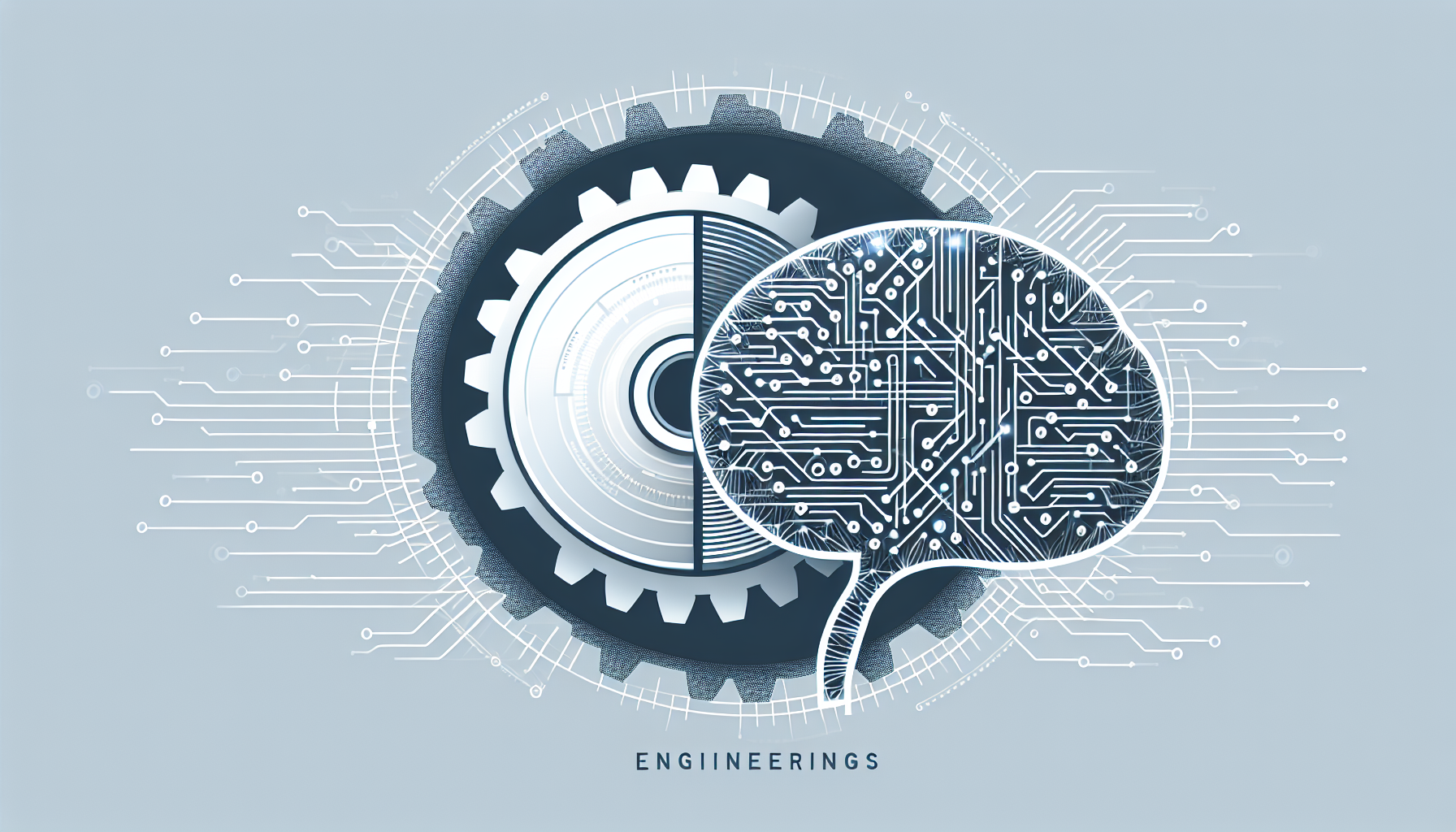# The Role of Engineering in AI Deployment Success
## Introduction
Artificial Intelligence (AI) has emerged as a transformative force across industries, promising to revolutionize the way we operate and innovate. However, the successful deployment of AI solutions is not merely about developing sophisticated algorithms. It requires a robust engineering foundation to ensure that AI systems are scalable, reliable, and integrated seamlessly into existing workflows. This article delves into the critical role of engineering in AI deployment success, highlighting key aspects, challenges, and best practices.
## Engineering Principles in AI Deployment
###
1. Scalability
Scalability is a fundamental engineering principle that ensures AI systems can handle increasing data volumes and user demands without compromising performance. To achieve scalability:
– **Distributed Computing**: Utilize distributed computing frameworks like Apache Spark or Hadoop to process large datasets across multiple nodes.
– **Microservices Architecture**: Break down AI applications into smaller, manageable services that can be independently scaled.
– **Cloud Computing**: Leverage cloud platforms such as AWS, Azure, or Google Cloud for on-demand scalability and resource management.
###
2. Reliability
Reliability is crucial for AI systems to maintain consistent performance and trustworthiness. Engineering strategies to enhance reliability include:

– **Redundancy**: Implement redundant systems and failover mechanisms to ensure continuous operation in case of component failures.
– **Monitoring and Logging**: Use monitoring tools like Prometheus or Grafana to track system performance and detect anomalies in real-time.
– **Regular Testing**: Conduct thorough testing, including unit tests, integration tests, and load tests, to identify and mitigate potential issues.
###
3. Integration
Seamless integration of AI solutions with existing systems is essential for their practical adoption. Engineering approaches to facilitate integration include:
– **API Development**: Create well-documented APIs to enable smooth interaction between AI systems and legacy applications.
– **Middleware**: Utilize middleware solutions to bridge the gap between AI models and existing databases or enterprise systems.
– **Data Standardization**: Ensure data consistency and interoperability by standardizing data formats and protocols.
## Overcoming Technical Challenges in AI Implementation
###
1. Data Quality and Quantity
AI models rely heavily on high-quality, relevant data. Challenges related to data include:
– **Data Collection**: Implement robust data collection strategies, including web scraping, data partnerships, and IoT sensors.
– **Data Cleaning**: Use data cleaning techniques to handle missing values, outliers, and inconsistencies.
– **Data Augmentation**: Apply data augmentation methods to increase dataset size and diversity, especially for image and text data.
###
2. Model Interpretability
Interpreting AI models, particularly deep learning models, can be challenging. Engineering solutions to enhance interpretability include:
– **Explainable AI (XAI)**: Implement XAI techniques such as LIME, SHAP, or Grad-CAM to provide insights into model predictions.
– **Model Simplification**: Simplify complex models using techniques like pruning or distillation to make them more interpretable.
– **Human-in-the-Loop**: Incorporate human oversight to validate and interpret model outputs, especially in critical applications.
###
3. Real-Time Processing
Real-time processing is essential for AI applications that require immediate responses, such as autonomous vehicles or fraud detection systems. Engineering strategies to support real-time processing include:
– **Edge Computing**: Deploy AI models on edge devices to reduce latency and bandwidth requirements.
– **Stream Processing**: Use stream processing frameworks like Apache Kafka or Apache Flink to handle real-time data streams.
– **Optimized Algorithms**: Implement optimized algorithms and hardware accelerators, such as GPUs or TPUs, to enhance processing speed.
## Creative Applications of AI in Real-World Scenarios
###
1. Healthcare
AI is transforming healthcare by enabling early disease detection, personalized treatment plans, and improved patient outcomes. Creative applications include:
– **Disease Prediction**: Use AI to analyze medical images and patient data for early diagnosis of conditions like cancer or heart disease.
– **Drug Discovery**: Leverage AI to accelerate drug discovery by predicting molecular properties and identifying potential drug candidates.
– **Patient Monitoring**: Implement AI-powered wearable devices to continuously monitor vital signs and alert healthcare providers to potential issues.
###
2. Retail
AI is revolutionizing retail by enhancing customer experiences, optimizing inventory management, and improving supply chain efficiency. Creative applications include:
– **Personalized Recommendations**: Use AI to analyze customer behavior and preferences to provide personalized product recommendations.
– **Inventory Optimization**: Implement AI-driven inventory management systems to predict demand and optimize stock levels.
– **Visual Search**: Enable visual search functionality to allow customers to find products by uploading images or taking photos.
###
3. Manufacturing
AI is transforming manufacturing by improving quality control, optimizing production processes, and enhancing predictive maintenance. Creative applications include:
– **Predictive Maintenance**: Use AI to analyze sensor data and predict equipment failures before they occur.
– **Quality Control**: Implement AI-powered quality inspection systems to detect defects and ensure product consistency.
– **Supply Chain Optimization**: Leverage AI to optimize supply chain logistics, including route planning and demand forecasting.
## How to Integrate AI into Legacy Systems
###
1. Assess System Requirements
Before integrating AI into legacy systems, it is crucial to assess the system’s requirements and constraints. Engineering steps include:
– **System Audit**: Conduct a comprehensive audit of the legacy system to identify dependencies, data flows, and integration points.
– **Requirement Analysis**: Define the AI use case, expected outcomes, and performance metrics.
– **Feasibility Study**: Evaluate the feasibility of AI integration based on technical, operational, and cost considerations.
###
2. Data Migration and Integration
Data migration and integration are critical steps in AI deployment. Engineering strategies include:
– **Data Mapping**: Map legacy data fields to AI model inputs to ensure data consistency and compatibility.
– **Data Transformation**: Transform legacy data formats and structures to meet AI model requirements.
– **API Development**: Develop APIs to facilitate data exchange between legacy systems and AI models.
###
3. Model Deployment and Monitoring
Deploying AI models and monitoring their performance are essential for successful integration. Engineering approaches include:
– **Containerization**: Use containerization technologies like Docker to package AI models and dependencies for easy deployment.
– **Orchestration**: Implement orchestration tools like Kubernetes to manage and scale AI deployments.
– **Monitoring and Logging**: Set up monitoring and logging solutions to track AI model performance and detect issues.
## Conclusion
The successful deployment of AI solutions relies heavily on engineering principles and best practices. By focusing on scalability, reliability, and integration, engineers can ensure that AI systems are robust, efficient, and user-friendly. Overcoming technical challenges, such as data quality, model interpretability, and real-time processing, is crucial for AI adoption. Creative applications of AI in various industries, including healthcare, retail, and manufacturing, demonstrate the transformative potential of AI. Integrating AI into legacy systems requires careful assessment, data migration, and model deployment strategies. By following these engineering guidelines, organizations can unlock the full potential of AI and drive innovation in their respective fields.
## Recommendations for Implementation
1. **Assemble a Cross-Functional Team**: Include engineers, data scientists, and domain experts to ensure a holistic approach to AI deployment.
2. **Start Small**: Begin with pilot projects to test AI solutions and gather feedback before scaling up.
3. **Continuous Learning**: Stay updated with the latest AI trends, tools, and best practices to continuously improve AI deployment strategies.
4. **User-Centric Design**: Focus on user needs and preferences to ensure AI solutions are intuitive and valuable.
5. **Regular Review and Optimization**: Periodically review AI model performance and optimize as needed to maintain effectiveness and efficiency.
By adhering to these recommendations, organizations can successfully deploy AI solutions that deliver real-world results and drive innovation.


